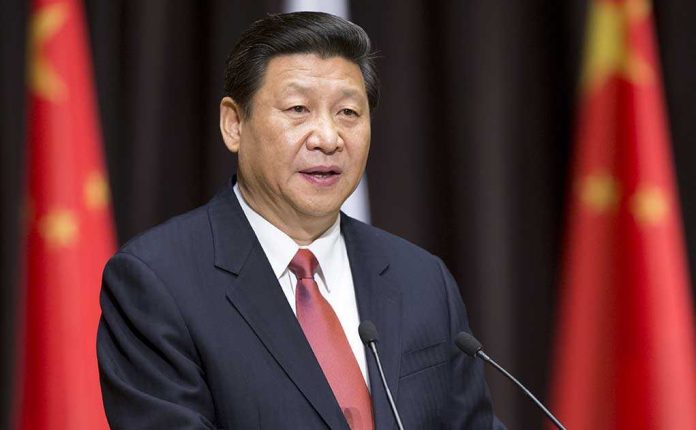
China weaponized American agriculture as a calculated political tool during the trade war, deliberately targeting our farmers to undermine President Trump’s support base and force trade concessions.
Story Highlights
- China strategically targeted U.S. agricultural exports with retaliatory tariffs to maximize political pressure on the Trump administration
- American farmers lost billions in export revenue as China canceled soybean orders and imposed steep tariffs on farm products
- The Chinese government exploited America’s rural voting bloc, knowing farmers represented crucial political support for conservative policies
- Despite Phase One trade deal commitments, China continues using agricultural purchases as leverage in ongoing negotiations
China’s Strategic Assault on American Agriculture
China executed a calculated economic warfare strategy by targeting America’s heartland during the 2018-2020 trade conflict. When President Trump imposed tariffs on Chinese goods in April 2018, China immediately retaliated with punitive measures against U.S. agricultural products, particularly soybeans. This wasn’t random economic retaliation—it was a deliberate assault designed to inflict maximum political damage. China understood that American farmers represented a core conservative constituency, and by threatening their livelihoods, they could undermine support for Trump’s America First trade policies.
The scope of China’s agricultural targeting revealed their sophisticated understanding of American politics. Within weeks of the initial tariff announcement, China canceled massive soybean orders from U.S. exporters, signaling their willingness to absorb higher costs to weaponize trade. Chinese officials specifically chose agricultural products because rural America historically votes Republican, making farmers effective political leverage against conservative leadership. This strategy demonstrated how foreign adversaries can exploit America’s economic dependencies to undermine our sovereignty and democratic processes.
Economic Devastation in Rural America
The immediate impact on American farmers was catastrophic, with billions in lost export revenue threatening the financial stability of rural communities nationwide. U.S. agricultural exports to China plummeted throughout 2018 and 2019 as tariffs and purchase cancellations devastated farm income. The federal government responded with emergency subsidy programs to offset farmer losses, but these taxpayer-funded bailouts represented a massive cost to American families. Farm bankruptcies increased significantly during this period, destroying generational agricultural enterprises that had sustained rural communities for decades.
China’s manipulation extended beyond immediate financial damage to long-term market disruption. While American farmers struggled with lost sales, China diversified its agricultural import sources, purchasing soybeans and corn from Brazil and Argentina instead. This strategic shift meant that even when tensions eased, American producers faced permanent market share losses. The economic warfare tactics highlighted how globalist trade dependencies can be weaponized against American workers, validating concerns about over-reliance on foreign markets for domestic prosperity.
Political Weaponization of Food Security
China’s targeting of agriculture represented an unprecedented use of food security as a geopolitical weapon, setting dangerous precedents for future conflicts. The Chinese government explicitly acknowledged using agricultural purchases as bargaining chips in trade negotiations, treating American farmers as hostages in diplomatic disputes. This manipulation violated principles of free trade and demonstrated how authoritarian regimes can exploit democratic nations’ agricultural sectors. The strategy revealed China’s willingness to disrupt global food supply chains for political advantage, threatening international stability.
Despite the January 2020 Phase One trade agreement requiring China to purchase $40-50 billion in U.S. agricultural products annually, Chinese compliance remained inconsistent and politically motivated. Purchase commitments fluctuated based on broader diplomatic relations rather than legitimate market demand, proving that China continues viewing American agriculture as a pressure point. This ongoing manipulation undermines American farmers’ ability to plan investments and threatens long-term agricultural competitiveness. The pattern demonstrates why America needs trade policies that prioritize domestic economic security over globalist integration with hostile foreign powers.
Sources:
China–United States trade war – Wikipedia
The US-China Trade War: A Timeline – China Briefing
Timeline: U.S.-China Relations – Council on Foreign Relations
Trump’s Trade War Timeline: 2.0 Date Guide – Peterson Institute







